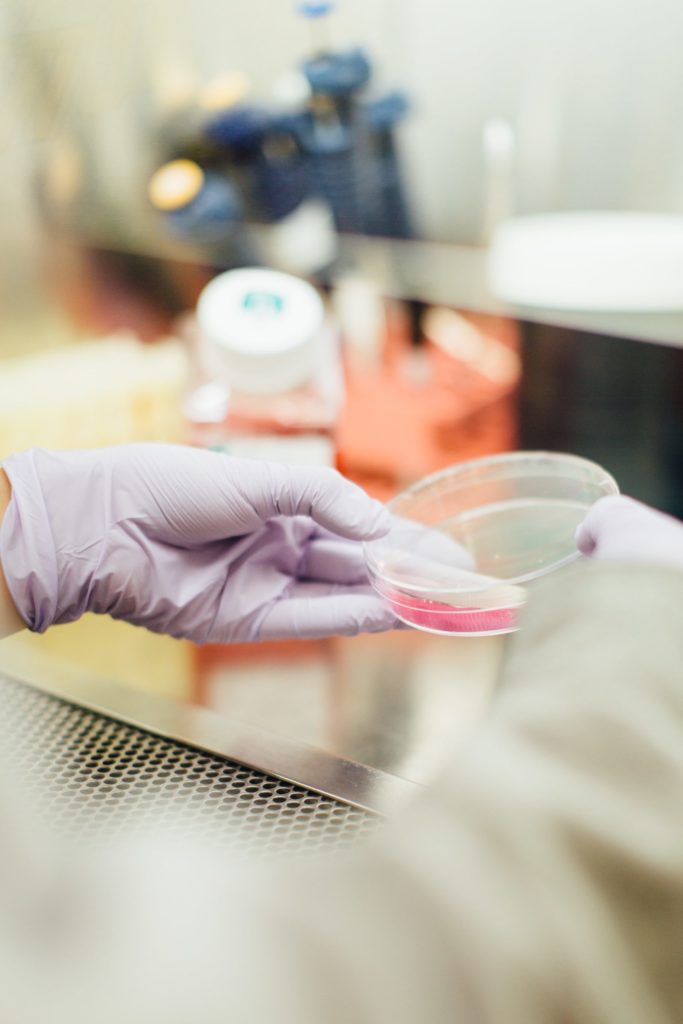Protein expression and protein purification are both necessary processes in creating and cloning proteins for research purposes. Advancements in biotechnology have made it possible to both clone cells at a genetic level and to use cells to produce more of the proteins within them. Using high expression levels in certain cells makes it possible to duplicate many useful proteins that can be used to better understand protein function as well as to produce more effective disease treatments and pursue other biopharmaceutical goals.
Protein expression and purification services are used to produce and extract desirable proteins from cells, and they’re used in a range of expression systems including bacterial, yeast, insect, and mammalian expression systems. Each expression system has its advantages and disadvantages, usually relating to the ease of use and the usefulness of the proteins it can produce. Expression with recombinant proteins (those cloned by a system) has revolutionized biological research as well as all other areas of life sciences. Here is a breakdown of the most popular systems and how they’re used.
Bacteria Expression
Using bacteria cells is the best way to produce large quantities of proteins easily and cheaply. Protein production using bacteria is easy because it just requires your desired protein to be inserted in your plasmid expression vector, which is then transformed into a bacterial cell. These transformed cells will rapidly propagate, and once enough of your intended proteins are created, the cells can be lysed during the purification process.
Cell lysis is basically the separation of the soluble protein particles from the rest of the cell debris. The protein is then further separated from all process-related impurities so that it can exist in its most high purity form. Ensuring protein purity is typically the most difficult part of the entire process within the protein expression system and requires extensive expertise to perform consistently.
E. coli is one of the most popular bacteria used for protein expression since it already has multiple strains specialized for the process.
Fungal Expression
Yeast cells are the most commonly used for fungal expression systems. In particular, Picha pastoris is popular thanks to its ability to easily produce high levels of heterologous proteins. Simply put, these are proteins that are experimentally inserted into cells that normally wouldn’t create them. This makes it easier to determine possible functions of known proteins and to observe normal cell functions vs. abnormal. Additionally, the FDA has classed many products made using proteins from Picha pastoris as safe, including products used in food and pharmaceutical research.
S. cerevisiae is also commonly used along with various promoters to create different recombinant proteins. Yeast cells, in general, are easy to use, and they can often make more complex proteins than other single-cell organisms.
Insect Expression
Insect cells are generally used to produce more complex proteins along with post-translational modifications (PTMs). There are several possible types of modifications, many of which switch certain enzymes “on” or “off” to achieve the desired effects. While insect cells allow for the production of many more complicated proteins, the host cells will eventually break down during production, meaning the process will have to be started again. Insect cell expression is also more difficult than most thanks to the complex culture requirements compared to plants or single-celled organisms.
Mammalian Expression
As you may expect, the greatest advantage mammalian cells bring to the table is the fact that they can produce the most complex proteins of all and are most useful in research and experiments involving potential human treatments. Due to their complexity, mammalian cells have to undergo multiple post-translational modifications to achieve their desired purposes, and these cells can produce extremely high protein yields.
Certain promoters can even control the time at which proteins are created in the cells, which can make the purification process easier. Naturally, the big downside to mammalian expression is that the complex natures of the cells require the most difficult cultural conditions of all and may not be possible to use in some instances.



